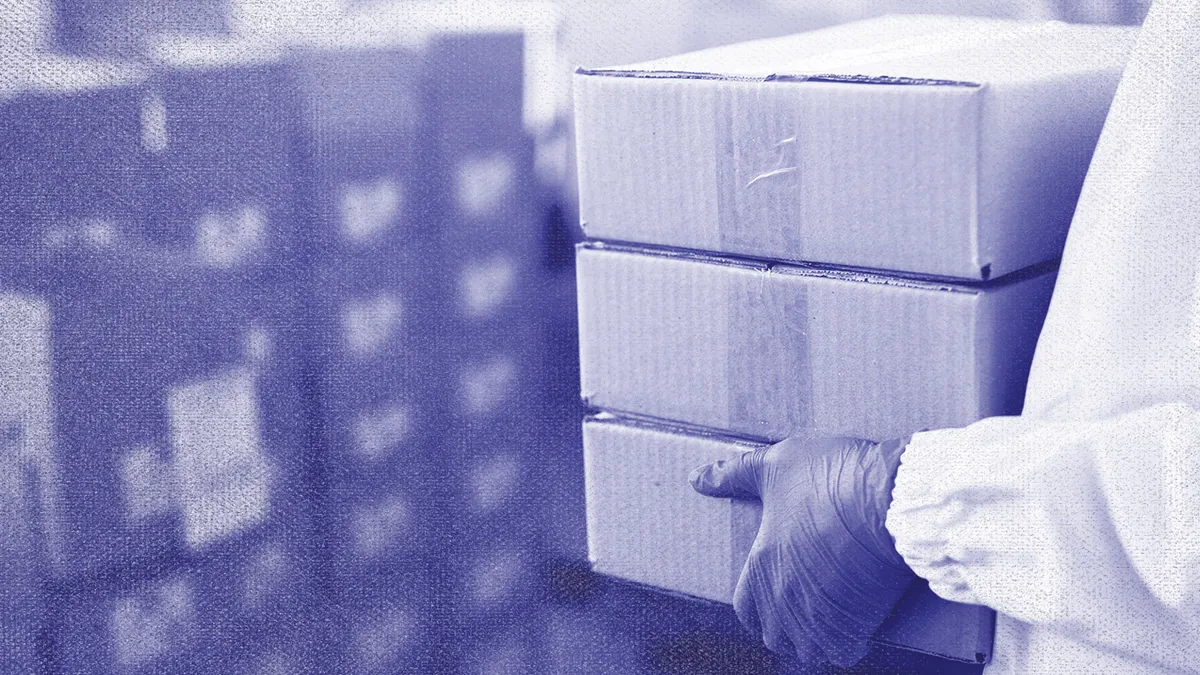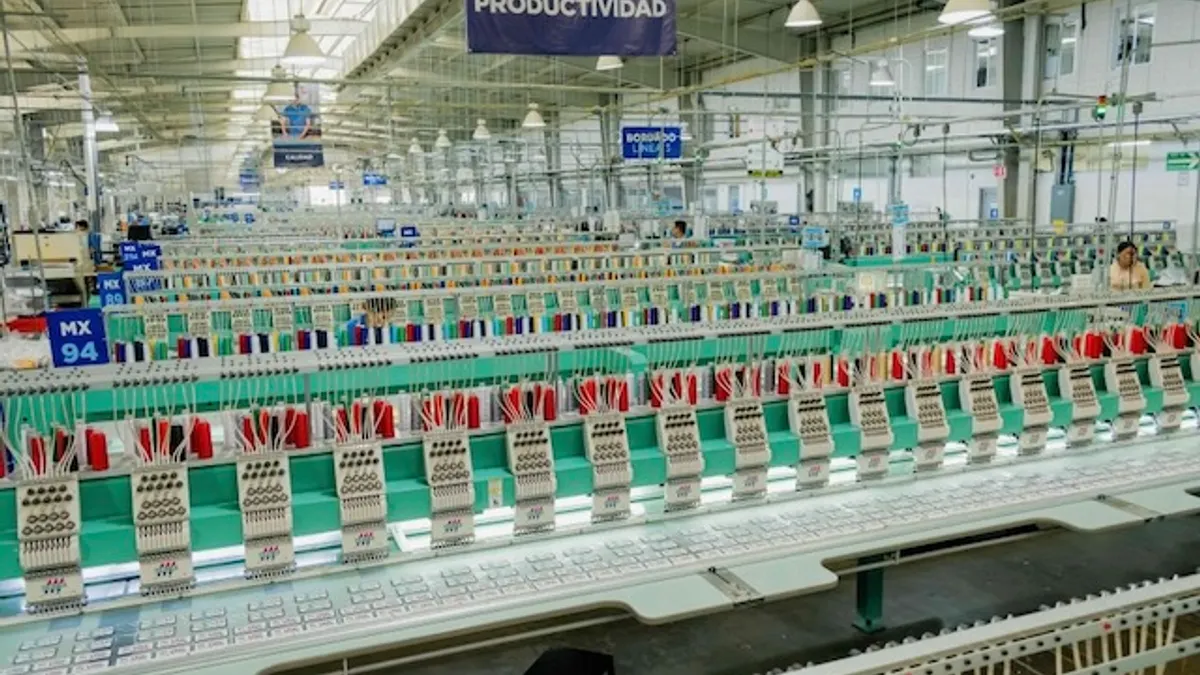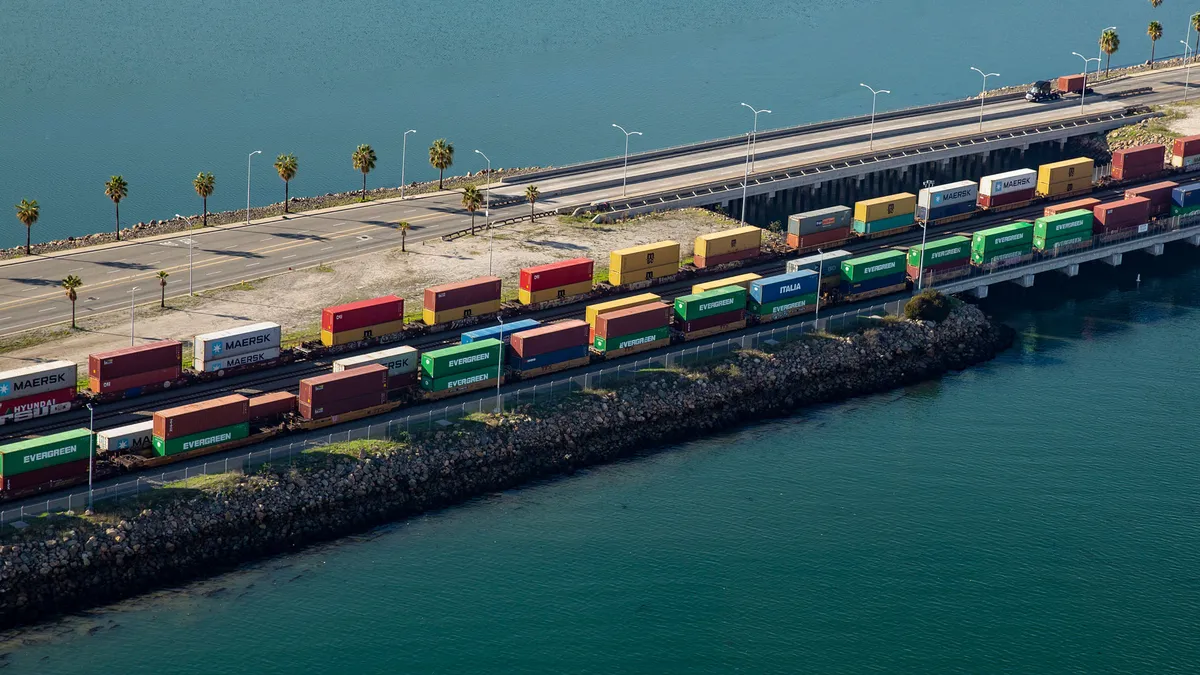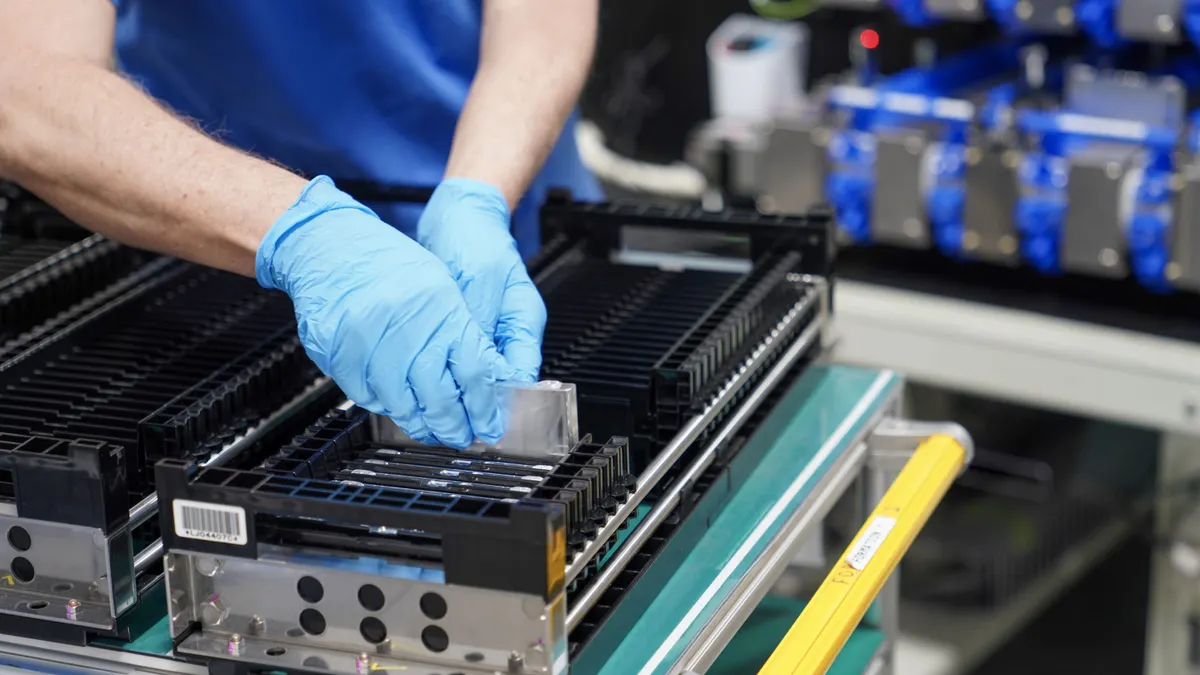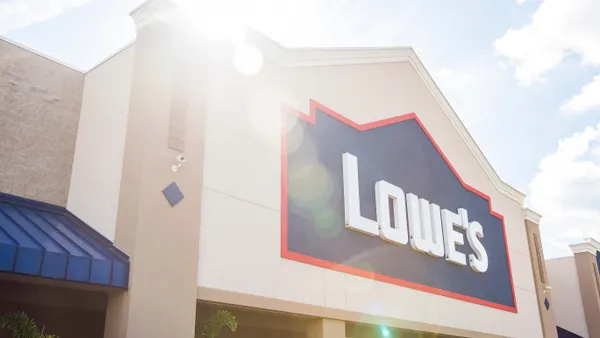This article is part of a series on natural disaster preparation and response. View all the articles here.
In the aftermath of Hurricane Harvey in 2017, pharmaceutical supplies were airlifted by helicopter and ferried by duck boat to ensure the Houston population had access to critical medicines.
The relief effort was not the work of any one organization. It required coordination across the pharmaceutical industry and with government response agencies.
The organization now known as Healthcare Ready came to life after Hurricane Katrina in 2005, as the industry banded together to better respond to natural disasters. Healthcare Ready cooperates with the Healthcare Distribution Alliance, an industry trade group whose members deliver 15 million medicines and healthcare products to more than 200,000 people each day.
Healthcare Ready coordinates with utility companies to understand when electricity and telecommunications capabilities will be restored to gauge when pharmacies and healthcare facilities may be reopened. The organization has a mobile phone app that reports the status of pharmacies in the area to let consumers and response officials know what pharmacies may be operating in the wake of a disaster.
It also works with large store operators to coordinate use of parking lots and buildings to set up emergency mobile medical units and pharmacies, Nicolette Louissaint, executive director of Healthcare Ready, told Supply Chain Dive.
It's critical for the pharmaceutical supply chains to recover as quickly as possible to maintain a supply of medications that treat life-threatening conditions in the local population, as well as manage potential disease outbreaks after a disaster, Louissaint said.
Existing inventory, predictive technology drive a return to normal
Healthcare Ready coordinates the normal flow of products in the disaster zone as well as the disaster chain, such as donated supplies and medications needed in shelters to fight the spread of disease. Depending on the scope of the disaster, existing stocks may be able to cover demand until the next shipments arrive.
"We prioritize regular medication demands that we need to move in right away, and if there is some notice, the distributors will work with their vendors to make advance deliveries or slightly larger deliveries in case it might be a few days before they're able to get back to normal," Louissaint said. "We work with facilities that plan to stay open so we know what supplies they need."
"With that amount of flooding, road transport was just not an option."

Nicolette Louissaint
Executive Director, Healthcare Ready
Erin Horvath, president of distribution services at pharmaceutical distributor AmerisourceBergen, sits on the board of Healthcare Ready and helps coordinate the company's disaster response. AmerisourceBergen has 27 distribution centers across the country and typically has several weeks of inventory on hand. If a hurricane looms, the company communicates with customers in the expected path to prepare, ordering additional product ahead of time if necessary, Horvath told Supply Chain Dive.
Inventory tracking technology like RFID tags is beginning to support predictive analytics for pharmaceutical manufacturers and distributors in preparations for different types of disasters so they can adjust orders as necessary, Louissaint said.
Where they're going they don't need roads ...
In addition to power and telecommunications outages, one of the biggest challenges after a disaster is impassable roads. Highways may be blocked with floodwaters, debris or stalled traffic. Five days of rain during Hurricane Harvey resulted in flooded roads, leading Healthcare Ready to look for solutions like delivery via helicopters and boats.
"Our organization never had to think about securing a boat to move product before, but during Harvey it was a requirement because with that amount of flooding, road transport was just not an option," Louissaint said.
Because the roads around Houston were out of commission for so long, the AmerisourceBergen distribution center in Dallas picked up the slack for the Houston DC. "With the saturated infrastructure and our transportation partners being impacted because of their drivers, we were able to serve Houston from the Dallas market during that time," Horvath said.
Why the cold chain is critical
When Hurricane Maria hit Puerto Rico in September 2017 the electrical grid and the island's pharmaceutical manufacturing base took major hits. While pharmaceutical manufacturers prepared their operations, they also rushed to move completed products off the island before the storm hit to avoid a disruption in the global supply chain, as well as ensure there was sufficient supply of products for local needs, Louissaint said.
AmerisourceBergen chartered some air cargo capacity to move product to Puerto Rico, but otherwise, "we tend to have DCs in geographically ideal locations so storms tend not to have a major impact on us," Horvath said.
The cold chain is a critical part of the pharmaceutical supply line, with products like insulin that need to be stored within a temperature range to remain effective. Cruise ships were tapped to store cold products including food and medicines.
AmerisourceBergen works with its customers to find out how long the products have been outside the temperature range and if the product should be replaced.
"Across the world, when people are thinking about product movement and supply chain during disasters, cold chain is always a major consideration," Louissaint said.
Since Maria, manufacturers have reexamined their disaster operating plans to ensure they have enough diesel fuel to operate generators for at least one week.
AmerisourceBergen flew in generators to run its facilities and also gave one to every employee on the island. When Horvath visited a few months later, some employees were still powering their homes with the generators.
'No ego' in disaster response efforts
Enhanced coordination between the private and public sectors was one of the lessons the industry put in place after Katrina. These partnerships help ensure vital medications could be supplied to the population, and any specific medications to combat diseases potentially arising from the disaster could be available on scene as soon as possible.
"In the days following an event the donated supplies begin to come in, things like Tdap vaccines [to protect against tetanus, diphtheria and pertussis], flu vaccines and insulin that move through relief agencies as well as industry partners," Louissaint said.
With an industry group coordinating disaster response, it's not uncommon to service a competitor's customers or carry their product on a truck moving in the right direction.
"We're performing a public service for your patients. If we can get the product there first, we're happy to do it," Horvath said. "There are a lot of partnerships within the industry, and there's no ego involved."
The Series
-
How P&G created a 'ready for anything' supply chain
For the last decade, the CPG giant has been on a mission to use technology to take the guesswork out of disaster response.
-
Before disaster strikes, DHL has a 6-step plan
After managing the long tail of recovery from Hurricane Maria, DHL's director of operations for supply chain services in Puerto Rico knows the value of preparing for the worst.
-
Florida manufacturing at risk this hurricane season
Storm outages and disruptions to the Port of Miami and Miami International Airport "may cause ripple effects" through global supply chains, according to a DHL Resilience360 report.


